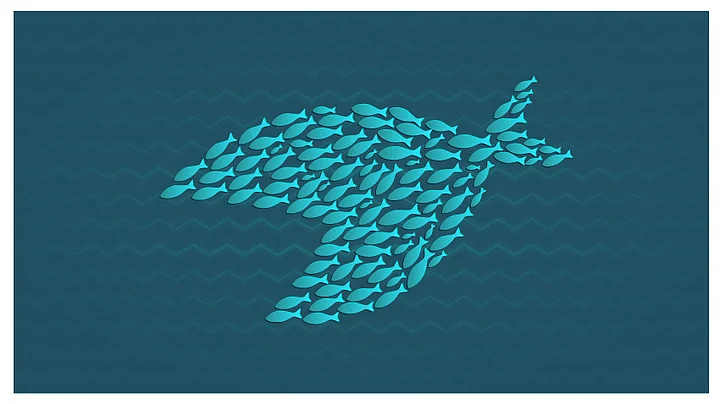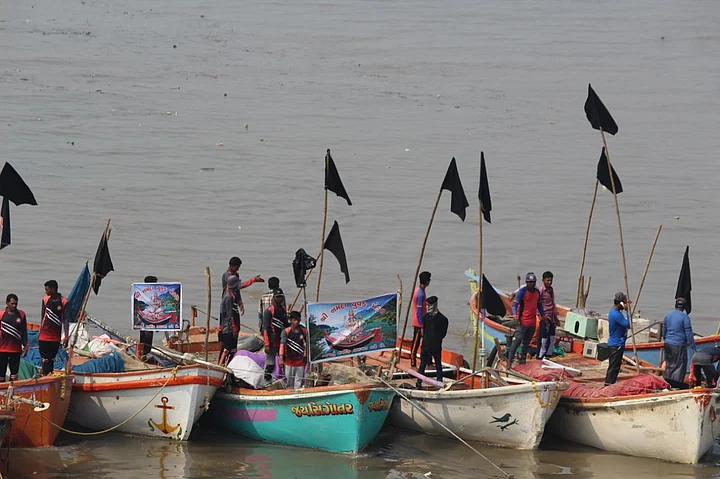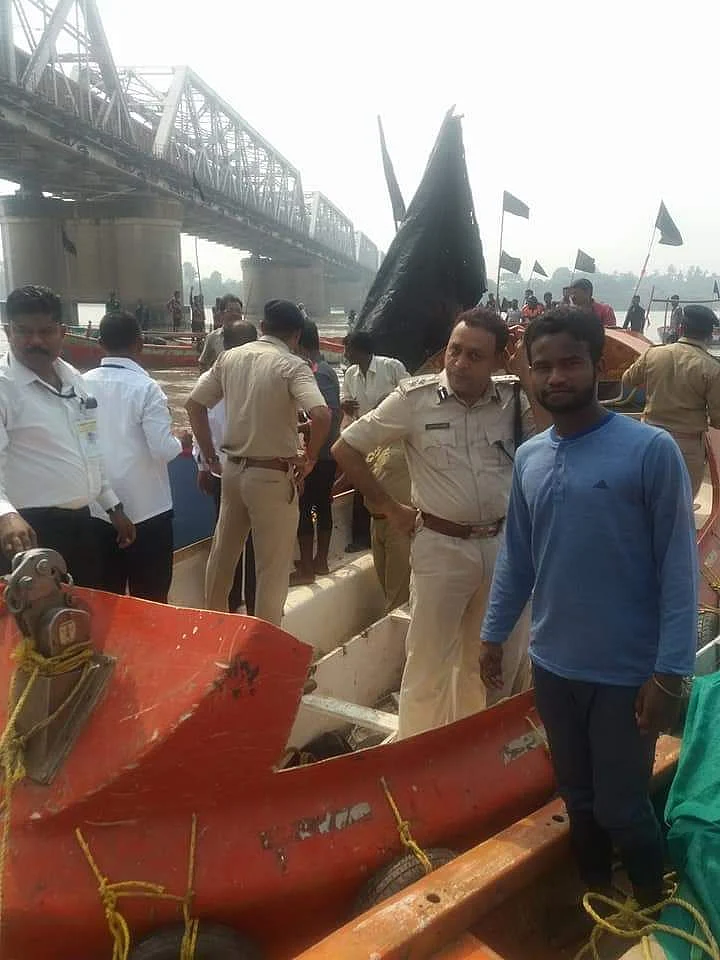Rs 1,600 for 1 kg hilsa. That’s the going rate for ileesh (Bengali for hilsa) on an online portal that specialises in grocery in Kolkata. While Bengalis in India are known to relish their favourite hilsa, there has been a marked decline in the population of Tenulosa ilisha (scientific name) because of excessive fishing that pays little attention to conservation measures by respective state governments.
As hilsa becomes a luxury for fish eaters, especially Bengalis, a project in Gujarat will add to their fear of missing out on ileesh during Jamai Sashti (annual ceremony when varieties of fish are lavished on sons-in-law).
The Bhadbhut barrage project in Gujarat’s Bharuch district has resulted in outrage among thousands of fishermen living in areas downstream of Narmada, as they fear their sole source of income is in danger.
Also Read: The Fish Test: Why Does Every Bengali Have to Know Their Maach?
Gujarat Government Allays Fears
Almost a week after hundreds of fishermen showed black flags as a mark of protest against the Bhadbhut barrage project, an official from the Kalpasar Department, Gujarat Government, said:
Won’t say it’s our failure that we couldn’t address these concerns.
The barrage project, which is being built at a cost of Rs 4,000 crore, is part of Gujarat government’s ambitious Kalpasar Project, worth Rs 50,000 crore that aims to create a reservoir of freshwater by building a dam on the Gulf of Khambhat.
The official associated with Gujarat government’s Narmada water resources, water supply and Kalpasar department that cleared the Bhadbhut project, further said:
The barrage is not in place at present, but still the trend of fish availability is declining, which means that there are reasons, other than the barrage, to be appreciated and addressed as well.
Protests in Bharuch Against Bhadbhut Barrage
Even as Prime Minister Narendra Modi inaugurated the Bhadbhut barrage project in Bharuch on 8 October 2017, and assured poll-bound Gujarat that the government is working towards boosting blue economy of the state, around 300 fishermen showed black flags, with 200 detained by the police that day.
This incident revived the debate on the impact of the barrage in downstream areas of Narmada river where fishermen fear losing their livelihood as the barrage will lower the level of water in the region and diminish their catch.
In a press release dated 8 October, Gujarat-based environment activists, Kamleshbhai Madhiwala (President Samast Bharuch Machimar Samiti) and MSH Sheikh (President, Brackish Water Research Centre, Surat) have alleged:
The project will block the Narmada river at Bhadbhut village, a 40 km breeding ground of hilsa and other species of fish. The barrage will devastate the breeding ground.
But the state government refuses to acknowledge such apprehensions and blames unregulated fishing activity behind the fall in the number of fishes, particularly hilsa.
If migratory fish are caught during their upward travel for the purpose of spawning (producing eggs), question of next generation does not arise at all and after some years with the same practice, fishes would become extinct.An official from Gujarat government’s Kalpasar Department
Taking a Cue from Bangladesh
Parallels are being drawn between the Bhadbhut barrage and Bengal’s Farakka barrage in Malda, the latter being built in 1975. Environmentalists claim the Farakka Barrage blocked the hilsa corridor in the Hooghly River.
Syed Anwar Maqsood, Secretary, Fish Importers’ Association, Bengal, however feels that enforcing regulations (what he refers to as chowkidaari) is missing on the ground:
This year, we had bumper landing but sizes were small, weighing as low as 150 grams. Bengal fisheries department should be more active. In Bangladesh, there is a ban on fishing of hilsa twice in a year.
Bangladesh, for instance, enforces 22-day ban around designated breeding zones of hilsa during the Bangla calendar month of Ashwin, that includes levying of fine and confiscation of fishing equipment for defying the orders.
Dhaka’s commitment to conserving hilsa is evident from the fact that hilsa didn’t feature in the official menu when Prime Minister Sheikh Hasina visited India in April this year, owing to provisions that don’t allow sale and purchase of juvenile hilsa (found between March and April and weighs less than 300 grams) in Bangladesh as well as West Bengal.
Need to Regulate Fishing Activity
According to a report by the Central Marine Fisheries Research Institute (Kochi), Gujarat secured top position in marine catch in 2016, followed by Tamil Nadu, Karnataka and Kerala.
In 2008, Bharuch district recorded catch of 21.902 metric ton of fish (that included various species like Catla, Rohu, Hilsa, etc) with a market value of Rs 500 cr (according to data collected by Surat-based Brackish Water Research Institute).
In a letter to the Environment Ministry, dated 9 January 2014, representatives of the fishing community in Bharuch claimed that the hilsa catch in Narmada river has reduced from 16,646 tonnes in 1990-91 to 4,756 tonnes in 2007-08.
Should states like Bengal and Gujarat consider enforcing bans so that hilsa is able to complete its cycle of laying eggs?
Government officials in Gujarat claim that in Bharuch, fishing activity begins from the second week of August and continues till November, which means that parent fishes are being trapped through uncontrolled net fishing. There have been instances when fishermen have allegedly used explosive material to blast rocks so that fishes on the surface can be caught easily.
Unfortunately, in an election season, despite these protests by fishermen in Bharuch, environment-related issues neither echo during campaigns nor find place in party manifestos. Caste identity takes precedence over issues in India’s politics of patronage.
Fishermen don’t constitute a strong electoral segment in Gujarat. They vote as members of a particular caste and don’t have influence beyond coastal areas.Amit Dholakia, Professor, Department of Political Science at Maharaja Sayaraji Rao University in Baroda.
(Breathe In, Breathe Out: Are you finding it tough to breathe polluted air? Join hands with FIT in partnership with #MyRightToBreathe to find a solution to pollution. Send in your suggestions to fit@thequint.com or WhatsApp @ +919999008335)



.jpg?auto=format%2Ccompress&fmt=webp&width=720)